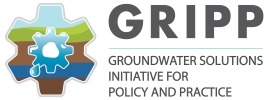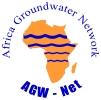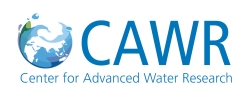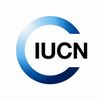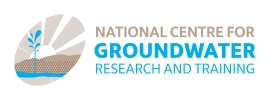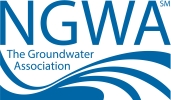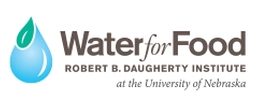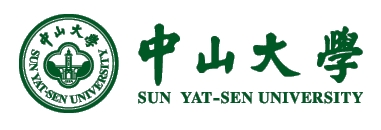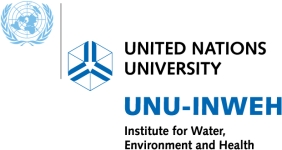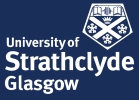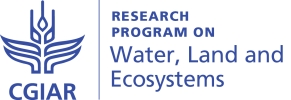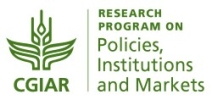Making use of brackish aquifers to store urban stormwater in winter for summer irrigation
Stormwater harvesting via aquifers – What is it?
In semi-arid urban areas, stormwater in the wet winter season is often considered a nuisance, even though water is in short supply in the following dry summer season. Collecting urban stormwater runoff in winter, as in Adelaide, Australia, using small constructed wetlands to detain and treat it before injecting it via wells into aquifers, can provide a reliable summer water supply, even in aquifers that originally contained brackish groundwater. These systems are called Aquifer Storage and Recovery (ASR) schemes. This is one of many forms of managed aquifer recharge (MAR), as shown in Figure 1.

Figure 1. Aquifers are ‘nature’s hidden treasures’- places to store and treat water. This figure illustrates a variety of different types of managed aquifer recharge (source: adapted from Gale 2005 [12], published in Dillon et al. 2009 [13]).
Overview of activities
In Adelaide, South Australia, stormwater harvesting via ASR currently provides about 10% of the city’s water supplies. It has been practiced since 1989, and by 2017, there were 58 schemes, with a total recharge capacity exceeding 20 million cubic meters (Mm3) per year (Figures 2 and 3) [4], and with 750 km of pipelines to transfer water from the pumping wells to where it is subsequently used. Sites always use some form of surface detention for the stormwater, because runoff rates in stormwater drains (Figure 4) far exceed rates at which the water can be recharged into the aquifer, so an interim buffering storage is needed. Generally, this is a constructed reed bed wetland in a public park, providing detention, mimicking natural treatment of the water (reducing suspended solids and sorbed contaminants) as well as enhancing landscape aesthetics (Figure 5). Owing to a thick blanket of surficial clay in the subsurface of the Adelaide Plains, ASR wells are used to inject the treated water into an underlying confined aquifer and to subsequently recover it when water is needed in summer (Figure 6). Aquifers targeted for storage are those that enable large volumes of water to be recharged, stored and recovered at relatively rapid rates (3 to 60 L/s) [4]. In Adelaide, the dominant aquifer used for ASR is a confined Tertiary limestone aquifer that mostly contains brackish water because of low natural replenishment. Fractured quartzite aquifers are also used effectively. Very small-scale domestic schemes fed by rainwater collected on rooftops and filtered before recharge via ASR wells also operate in shallow alluvial aquifers where these are fresh, and groundwater of suitable quality can be recovered. Scheme selection and location have been based on studies to map aquifer suitability for MAR [5] [6].
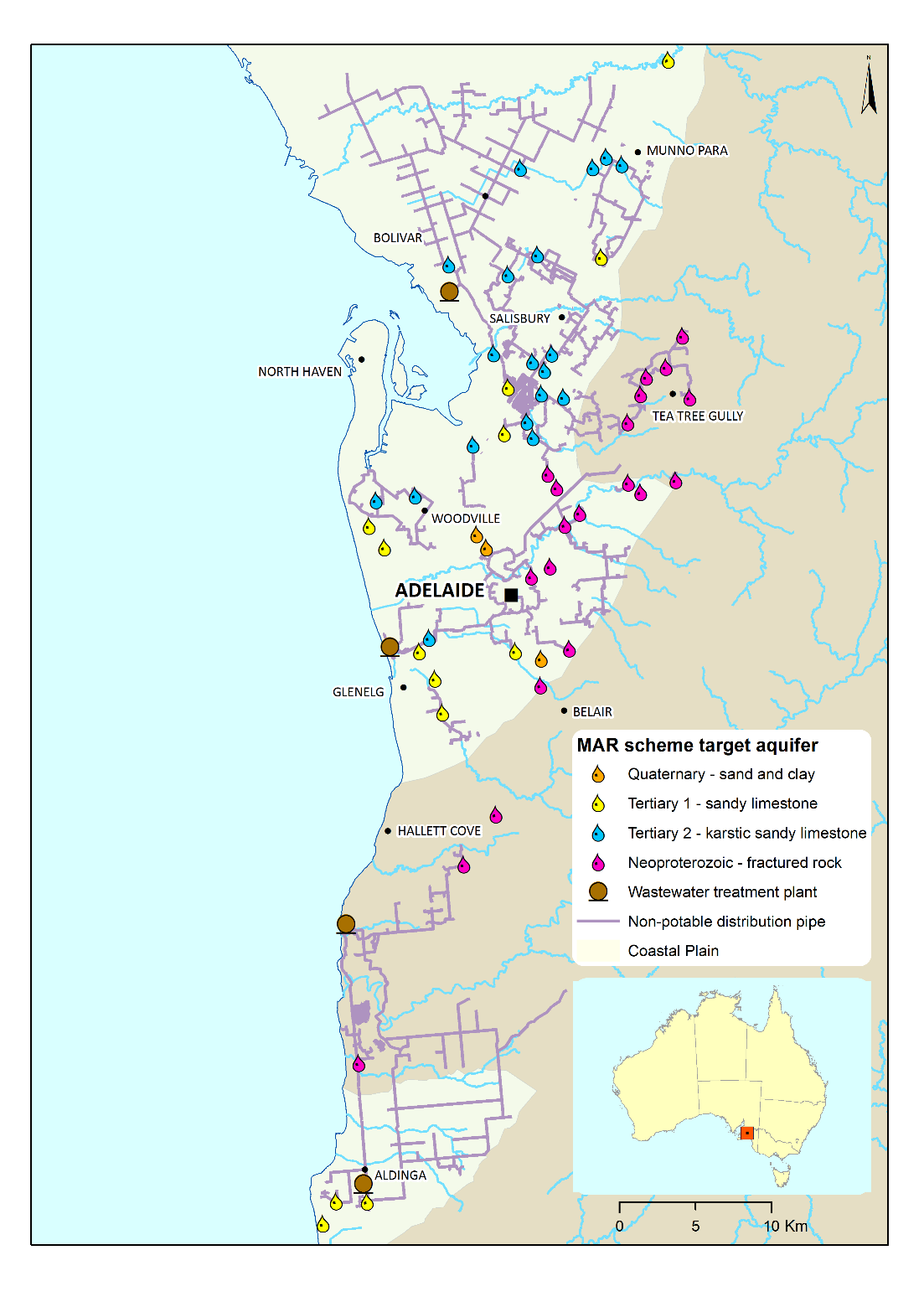
Figure 2. A map showing stormwater ASR sites in the greater Adelaide metropolitan area indicating aquifers used for storage (source: adapted from Kretschmer 2017 [4] by P. Kretschmer).
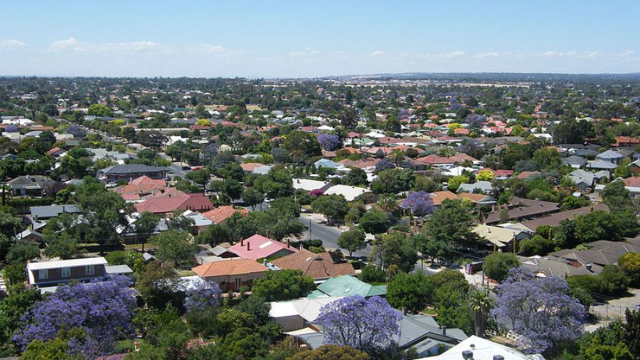
Figure 3. Aerial photo of Adelaide, a city of one million people in a semi-arid climate with 500 mm mean annual rainfall (photo: Anonymous).
Establishment of ASR schemes
Initially, well-monitored pilot operations were undertaken to determine the technical and economic viability and sustainability of ASR with stormwater to produce reliable water supplies. The research was supported by state and local government, the Urban Water Research Association of Australia, and Commonwealth Scientific and Industrial Research Organisation (CSIRO) Land and Water. These projects determined the level of pre-treatment required to avoid clogging of injection wells from suspended material in the water as well as the mixing characteristics of injected freshwater and native brackish water in the aquifer [7]. Usually, operations that are typically conducted by local government, golfing clubs or the water utility enable recovery of about 80% of injected stormwater [8]. Geochemical reactions between injected water, aquifer minerals and native groundwater were also evaluated to determine the level of natural removal of excess nutrients and organic carbon, and whether undesirable metal mobilization could impact the quality of recovered water [9]. Along with the wetland, the aquifer acts as a natural treatment system by filtering turbidity and removing bacteria [10].
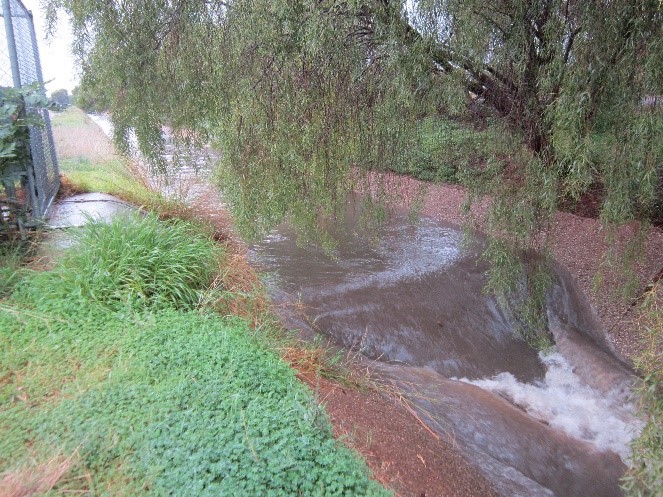
Figure 4. A stormwater drain in the city of Salisbury, South Australia (photo: K. Barry).
Australian guidelines for health and environmental protection in MAR were developed in 2009, partly based on data from these ASR projects [11]. In 2018, these are still the only guidelines for MAR based on the same risk-management principles that support World Health Organization (WHO) water safety planning.

Figure 5. A wetland for buffering stormwater quantity and quality variation before aquifer recharge in the city of Marion, South Australia (photo: City of Marion, South Australia).
Performance of stormwater harvesting operations
A recent review of ASR operations in Adelaide found that most were operating successfully, but a few projects have been less productive or closed for several reasons [4]. These included inadequate specifications for mechanical equipment and inadequate preventive maintenance, leading to breakdown due to easily avoidable problems. Occasional detections of contaminants, like excess turbidity, herbicides or flame retardants at some sites, have reduced the harvestable volume.
Recovered stormwater is generally much cheaper than conventional drinking water sourced by the state-owned utility from large dams, the River Murray and seawater desalination. Use of recharged stormwater for drinking water supplies has recently been assessed for its technical and economic viability, public health risks, public acceptance, resilience to climate change, and impacts on water reticulation systems, showing that large-scale schemes have significantly lower costs and higher public acceptance than seawater desalination [1].
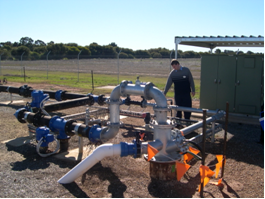
Figure 6. An aquifer storage and recovery well to inject wetland-treated stormwater into a brackish limestone aquifer for recovery in summer for irrigation around the city of Salisbury, South Australia (photo: P. Dillon).
Operator training and experience are key to success, with smaller and earlier schemes more vulnerable to inadequate design and operation [4]. Time-consuming processes in obtaining entitlements to inject and recover water were a concern for some operators, and the state government is working to streamline these. Ongoing access to stormwater and cumulative impacts of multiple ASR operations in the same confined aquifer were identified as issues requiring policy development by the state. Overall, MAR with stormwater is now a major supplier of irrigation water for sports grounds, golf courses, public parks and peri-urban horticulture, and is helping the city reduce stormwater discharge to the sea and offset the impacts of a rapidly changing climate.
[1] Dillon P.; Page, D.; Dandy, G.; Leonard, R.; Tjandraatmadja, G.; Vanderzalm, J.; Rouse, K.; Barry, K.; Gonzalez, D.; Myers, B. 2014. Managed aquifer recharge and urban stormwater use options: Summary of research findings. Goyder Institute for Water Research Technical Report Series 14/13. http://www.goyderinstitute.org/publications/technical-reports/
[2] Martin, R.R.; Dillon, P.J. (Eds.). 2005. Bolivar reclaimed water aquifer storage and recovery project. Final Report. Department of Water, Land and Biodiversity Conservation, South Australia, DWLBC Report 2005/45. https://data.environment.sa.gov.au/Content/Publications/Bolivar-Reclaimed-Water-ASR-Project-Final-Report-DWLBC-2005-45.pdf
[3] Global Water Awards. 2017. Perth groundwater replenishment scheme, Australia. https://globalwaterawards.com/2017-water-wastewater-project-of-the-year/ (accessed February 21, 2018).
[4] Kretschmer, P. 2017. Managed aquifer recharge schemes in the Adelaide metropolitan area. DEWNR Technical Report 2017/22. Adelaide, Australia: Government of South Australia, Department of Environment, Water and Natural Resources. 48p.
[5] Pavelic, P.; Gerges, N.Z.; Dillon, P.J.; Armstrong, D. 1992. The potential for storage and re-use of Adelaide stormwater runoff using the upper Quaternary groundwater system. Centre for Groundwater Studies Report No. 40.
[6] Hodgkin, T. 2004. Aquifer storage capacities of the Adelaide region. Department of Water, Land and Biodiversity, South Australia. Conservation Report 2004/47.
[7] Pavelic, P.; Dillon, P.J.; Barry, K.E.; Gerges, N.Z. 2006. Hydraulic evaluation of aquifer storage and recovery (ASR) with urban stormwater in a brackish limestone aquifer. Hydrogeology Journal 14(8): 1544-1555.
[8] Ward, J.D.; Simmons, C.T.; Dillon, P.J.; Pavelic, P. 2009. Integrated assessment of lateral flow, density effects and dispersion in aquifer storage and recovery. Journal of Hydrology 370(1-4): 83-99.
[9] Vanderzalm, J.L.; Page, D.W.; Barry, K.E.; Dillon, P.J. 2010. A comparison of the geochemical response to different managed aquifer recharge operations for injection of urban stormwater in a carbonate aquifer. Applied Geochemistry 25(9): 1350-1360.
[10] Page, D.W.; Vanderzalm, J.L.; Barry, K.E.; Torkzaban, S.; Gonzalez, D.; Dillon, P.J. 2015. E. coli and turbidity attenuation during urban stormwater recycling via Aquifer Storage and Recovery in a brackish limestone aquifer. Ecological Engineering 84: 427-434.
[11] NRMMC (Natural Resource Management Ministerial Council); EPHC (Environment Protection and Heritage Council); NHMRC (National Health and Medical Research Council). 2009. Australian guidelines for water recycling: Managing health and environmental risks (phase 2) – Managed aquifer recharge. National Water Quality Management Strategy – Document No. 24. 237p. http://webarchive.nla.gov.au/gov/20130904195601/http://www.environment.gov.au/water/publications/quality/water-recycling-guidelines-mar-24.html
[12] Gale, I. 2005. Strategies for MAR in semi-arid areas. UNESCO-IAH publication. https://recharge.iah.org/unesco-iah-mar-publications
[13] Dillon, P.; Pavelic, P.; Page, D.; Beringen, H.; Ward, J. 2009. Managed aquifer recharge: An introduction. Waterlines Report Series No. 13, Feb 2009. 65p. https://recharge.iah.org/files/2016/11/MAR_Intro-Waterlines-2009.pdf
Peter Dillon1, Peter Kretschmer2, Declan Page3, Joanne Vanderzalm3, Karen Barry3, Dennis Gonzalez3, Russell Martin4, Nabil Gerges4, Zac Sibenaler4, Danni Haworth4 and Paul Pavelic5
1 Commonwealth Scientific and Industrial Research Organisation (CSIRO) Land and Water, National Centre for Groundwater Research and Training (NCGRT), and Wallbridge Gilbert Aztec Pty Ltd, Australia; Email: pdillon500@gmail.com
2 Department for Environment and Water, Government of South Australia, Australia
3 CSIRO Land and Water, Australia
4 Wallbridge Gilbert Aztec Pty Ltd, Australia
5 International Water Management Institute (IWMI), Lao PDR
Acknowledgements
Many of the systems were designed and installed for local government, water utilities and sporting clubs by personnel from Wallbridge Gilbert Aztec Pty Ltd. Research and investigations reported were undertaken by Commonwealth Scientific and Industrial Research Organisation (CSIRO) Land and Water. South Australia Department for Environment and Water is the current department responsible for oversight of managed aquifer recharge (MAR) in South Australia with input from the Environment Protection Authority and the Natural Resources Management Board.






